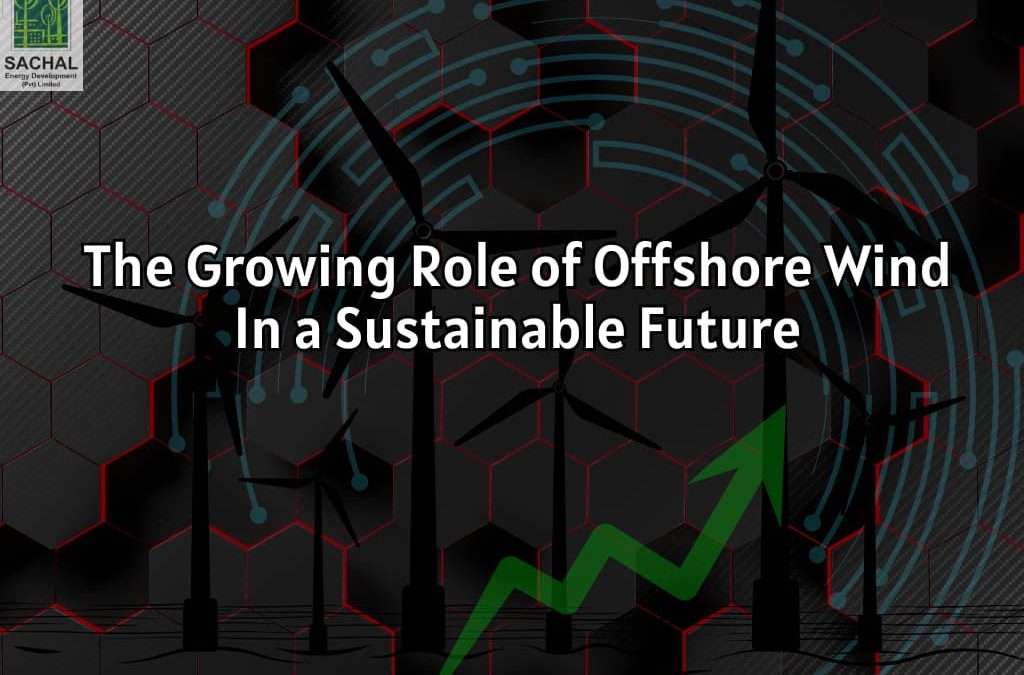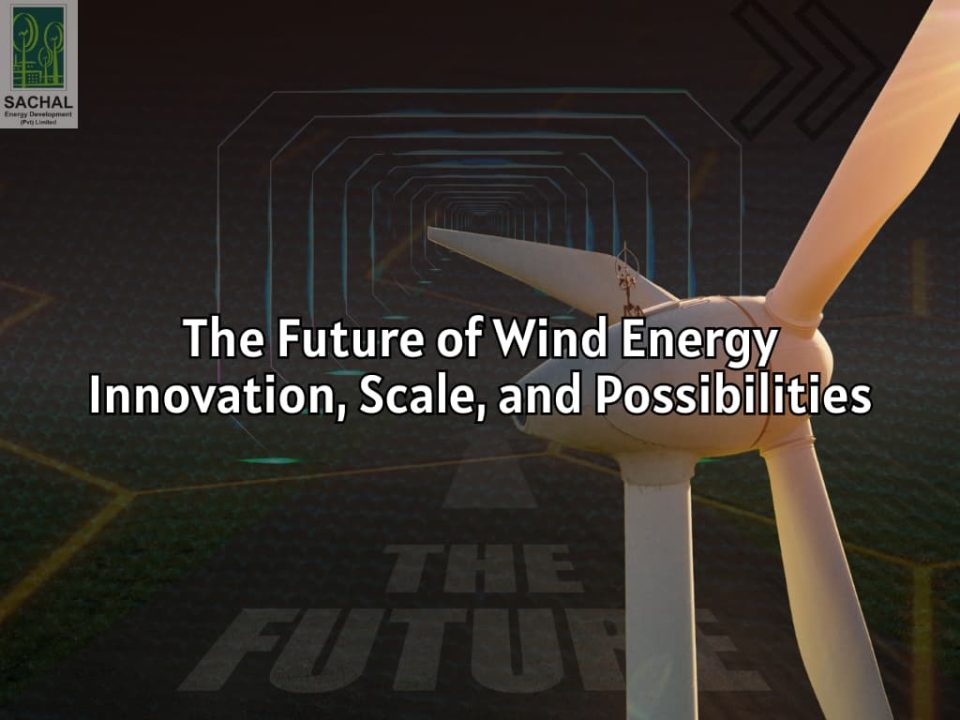
The Future of Wind Energy: Innovation, Scale, and Possibilities
April 9, 2025Offshore Wind: A Key Player in the Future of Renewable Energy
Adopting renewable energy sources (RES) for future electricity needs is essential as the world moves toward a low-carbon economy. Offshore wind farms are the ones that can help us fulfill the energy demand and are crucial to assisting nations to achieve their goals for renewable energy.
Offshore wind farms have increased in number during the last ten years. In 2005, the installed capacity was only 1 GW, but by 2020, it had grown to approximately 27 GW. According to the Global Wind Energy Council, by 2050, offshore wind is expected to supply up to 20% of the world’s electricity needs.
The key components are discussed below:
Offshore Wind Power: A Solution for Minimizing Emissions of Greenhouse Gas:
Reducing emissions is one of the primary objectives of offshore wind farms. Offshore wind farms can produce electricity without contributing to pollution or accelerating climate change. Offshore wind could cut CO2 emissions by up to 3.2 gigatons by 2050, which is the same as removing 670 million cars off the road, according to the International Energy Agency (IEA).
Achieving Goals for Renewable Energy:
For nations to reach their energy goals, offshore wind turbines are essential. For example, the European Union has established a goal that by 2030, at least 32% of its energy must come from renewable sources, and offshore wind is anticipated to play a significant role in achieving this benchmark. Similarly, by 2030, the US wants to generate 20% of its electricity from wind, with offshore wind farms likely to be a key component.
Challenges and Future of Offshore Wind Farms:
Offshore wind farms have benefits, but they also have drawbacks, including logistical issues, high startup costs, and environmental issues. To address these challenges, governments and private businesses are supposed to make significant investments in Research and Development.
High Initial Costs:
Compared to onshore wind farms, offshore wind farms are substantially more expensive to build and install.
Technical Challenges:
To survive the hostile marine environments, offshore wind farms need specific infrastructure and equipment.
Environmental issues:
Offshore wind turbines may impact wildlife and marine habitats. Despite these challenges, the benefits of offshore wind farms far outweigh the costs. As technology continues to improve and economies of scale are achieved through larger project sizes, the cost of offshore wind energy is decreasing, making it more competitive with fossil fuels.
Conclusion:
An essential part of the world’s renewable energy mix, offshore wind farms assist in achieving renewable energy goals and reducing greenhouse gas emissions. Offshore wind farms will only become more significant as the globe continues its shift to a low-carbon economy. With continuous technological advancements and cost reductions, offshore wind farms are well-positioned to contribute significantly to the development of a sustainable energy future.





